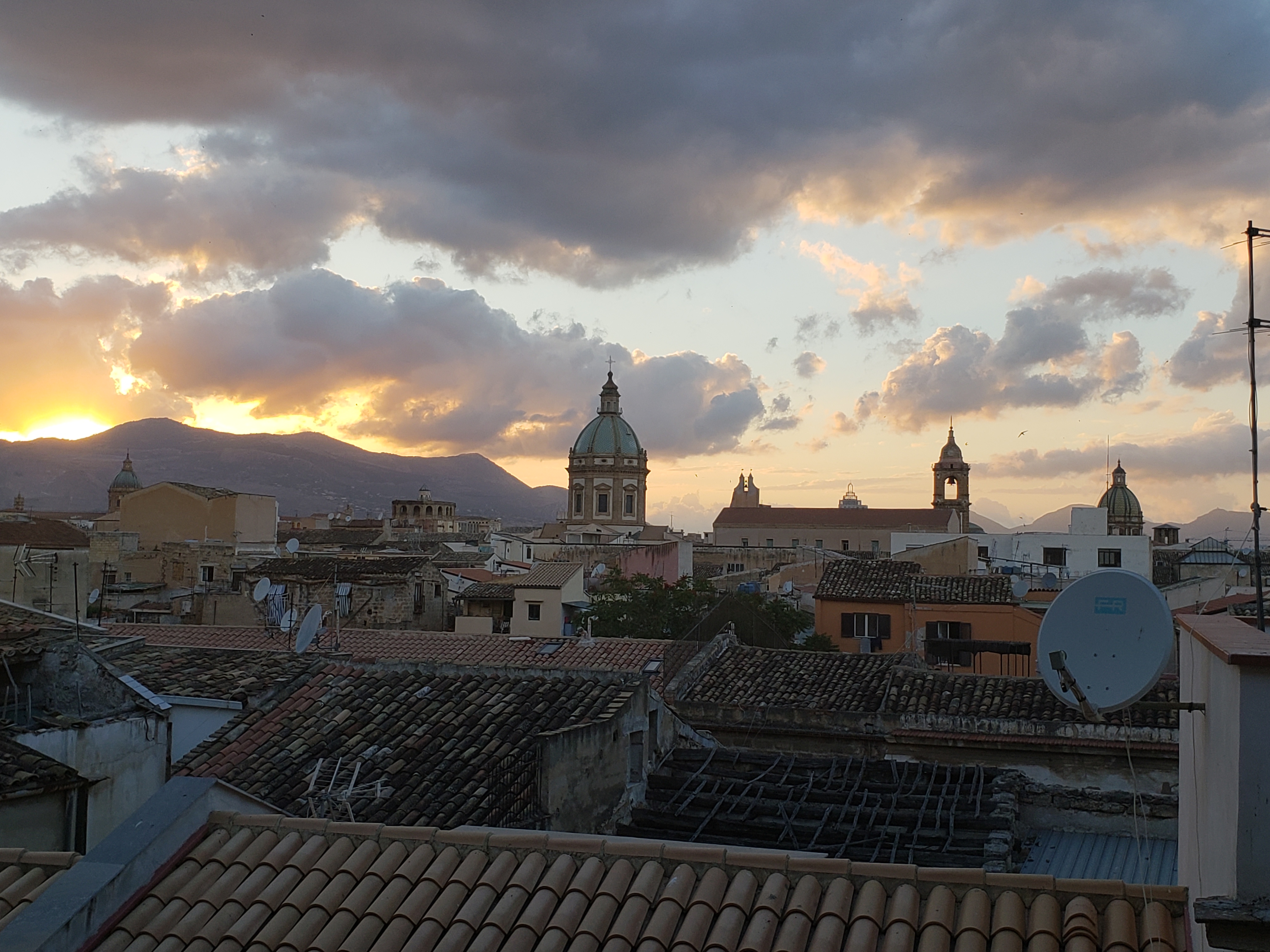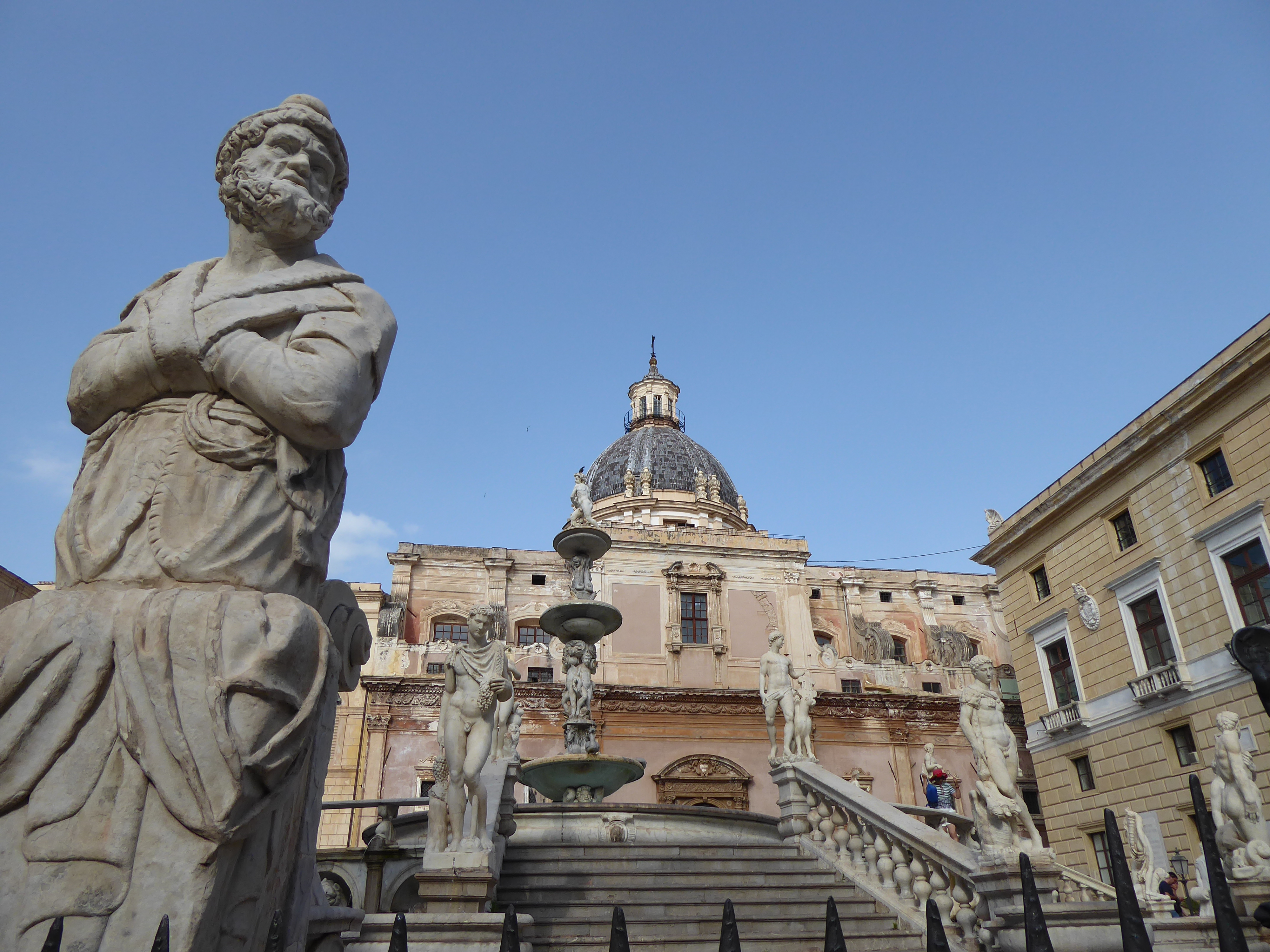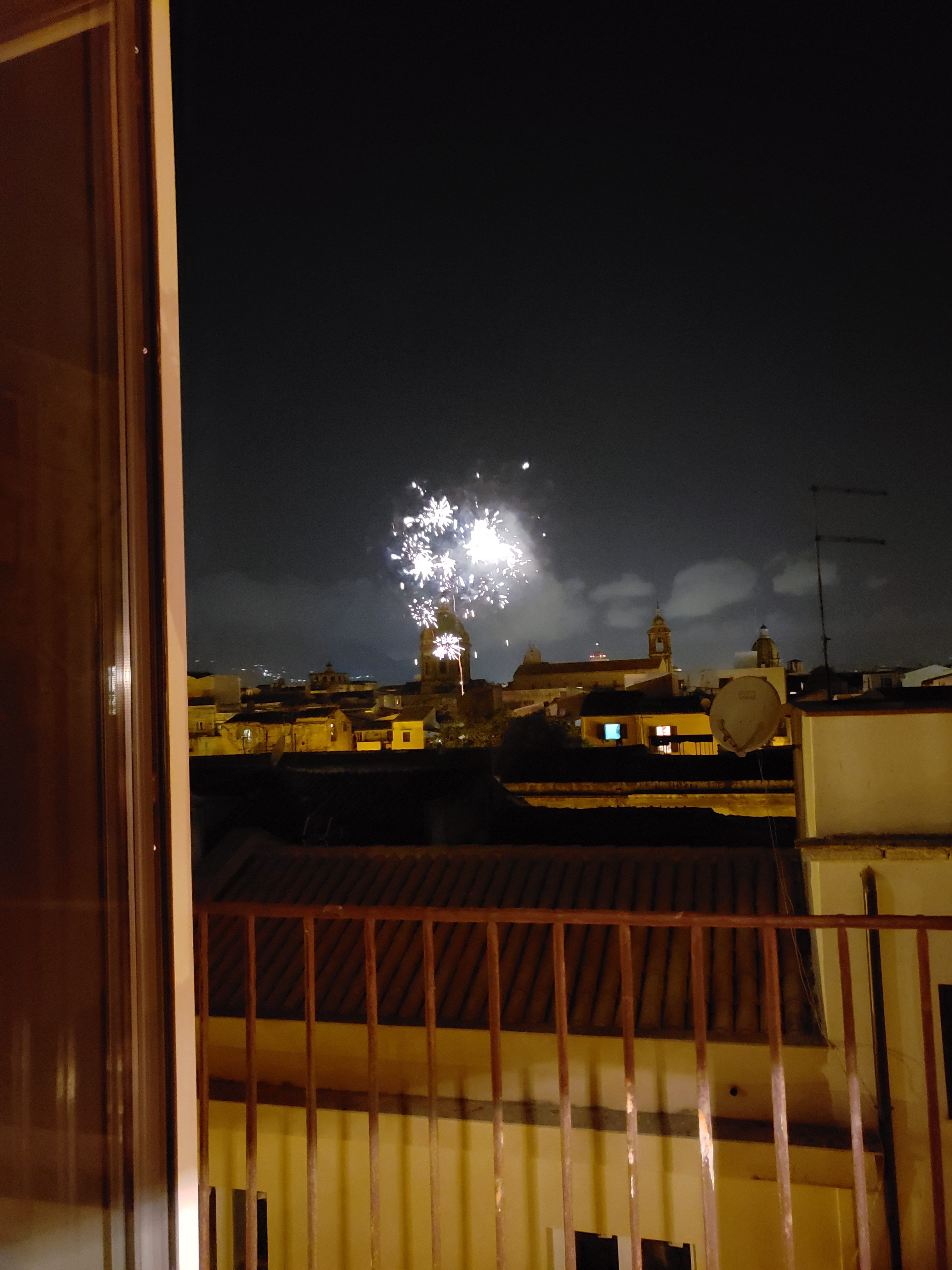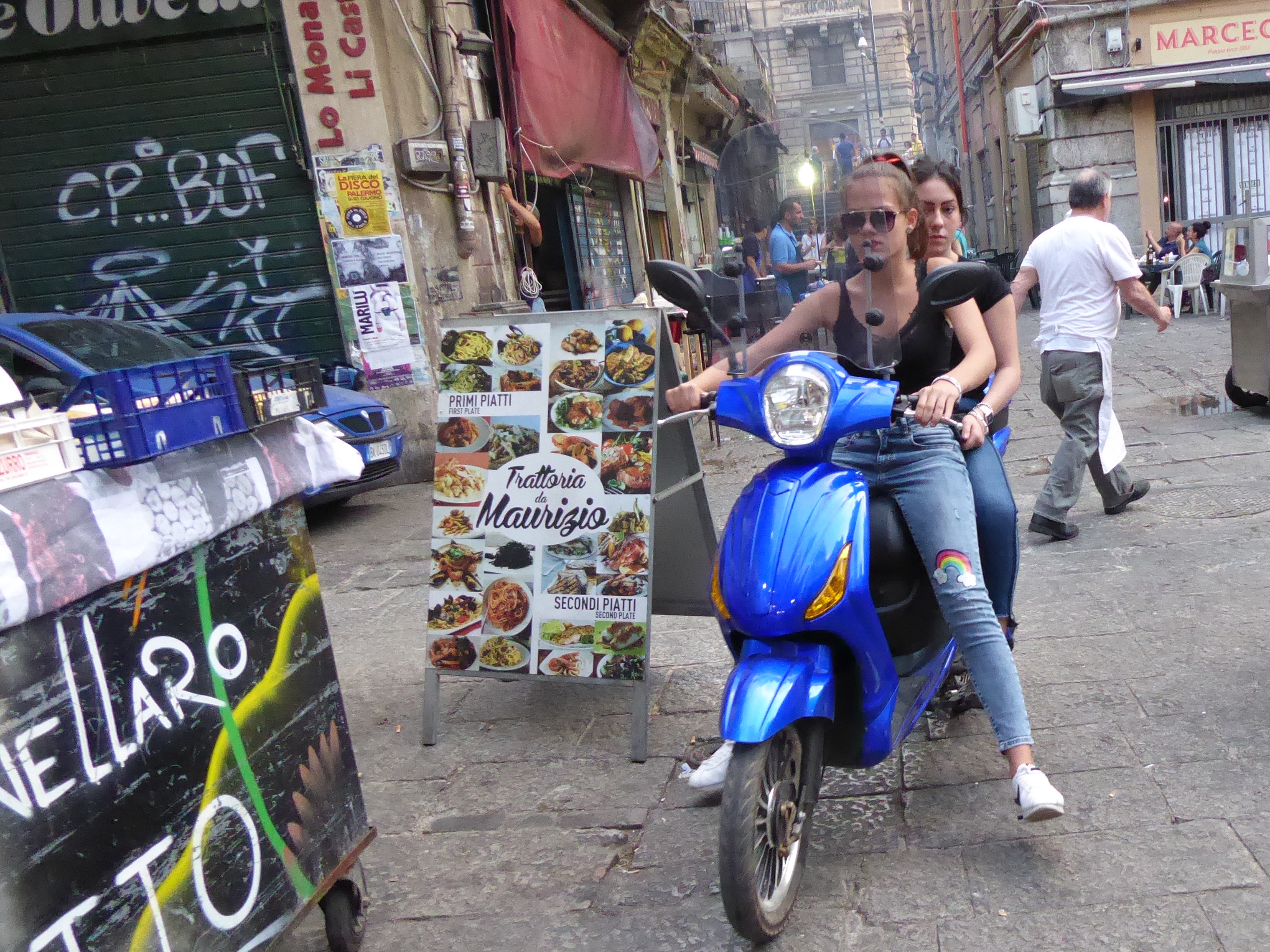
8 June to 14 June
When I was in Sicily, during my college years, I don’t recall if I’d made it to Palermo. I’d thrown out the journal I’d kept then-too many growing pains to relive while I was still living them. But the Palermo I saw now wouldn’t be familiar anyway.
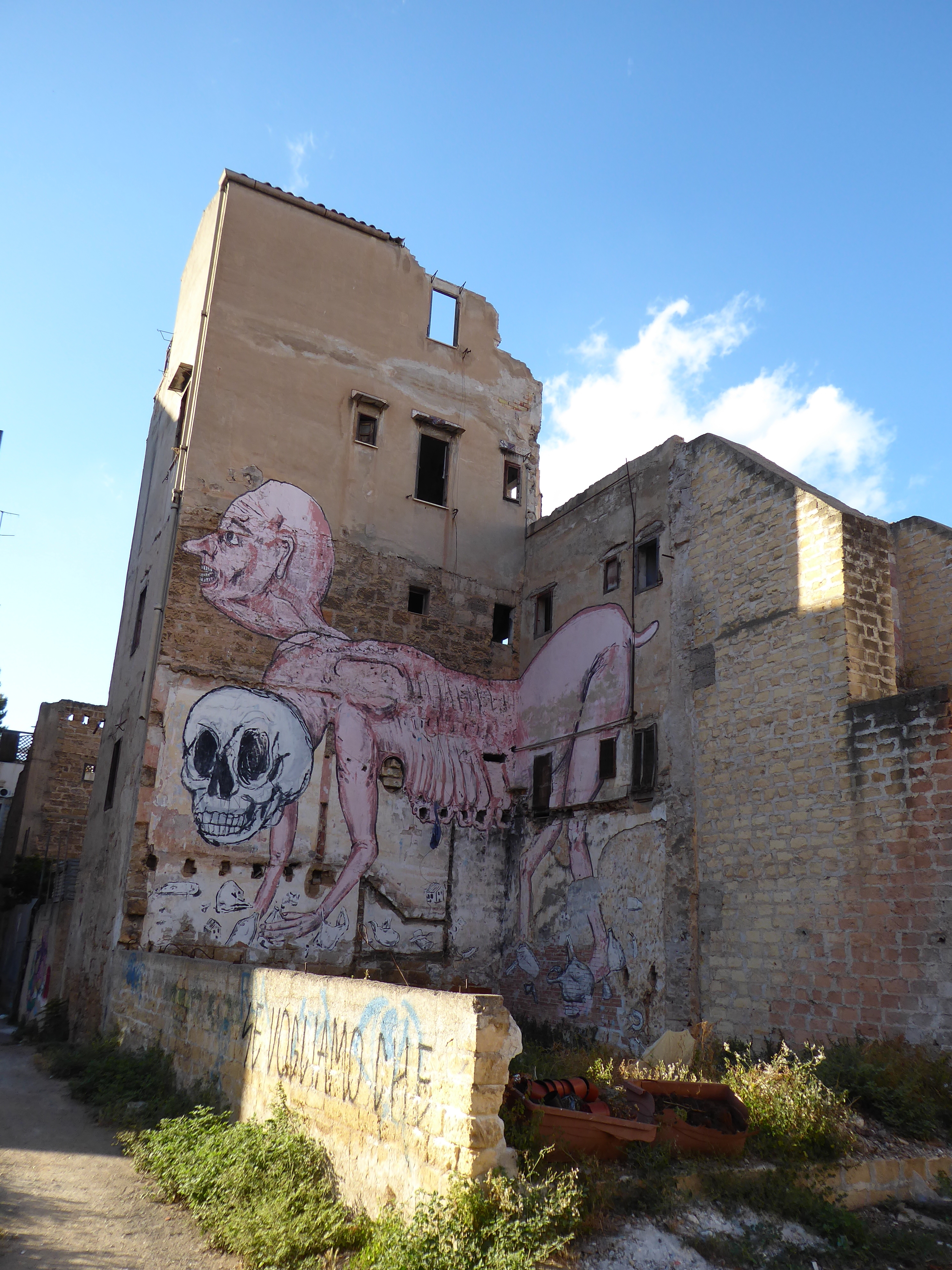
La Kalsa, a neighborhood so impoverished that Mother Theresa set up a mission there, now has swanky restaurants and wine bars. Other neighborhoods have followed suit. 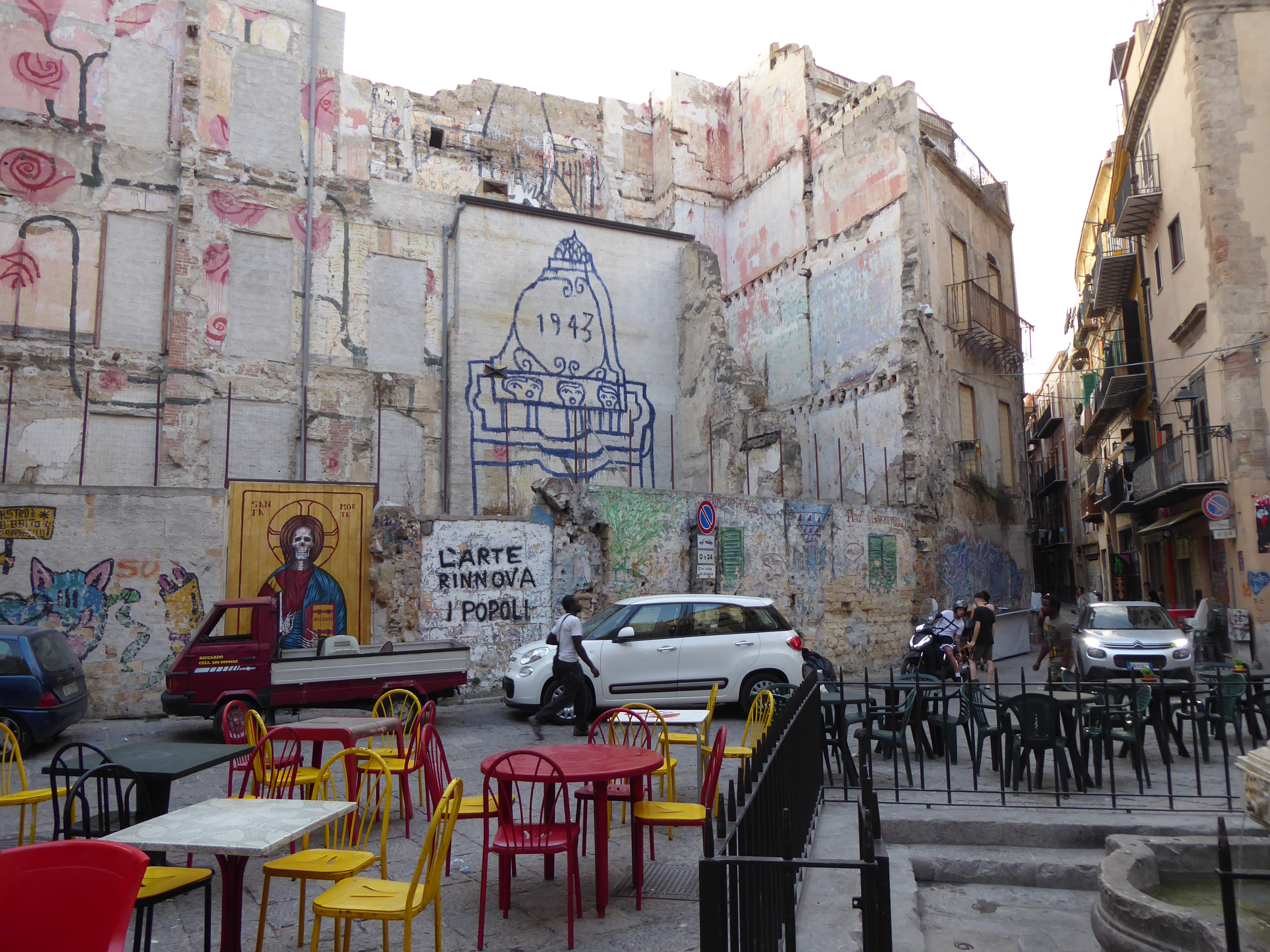 Poverty has not been eradicated, but like the mafia, hard-fought battles to dissolve it have been won.
Poverty has not been eradicated, but like the mafia, hard-fought battles to dissolve it have been won.
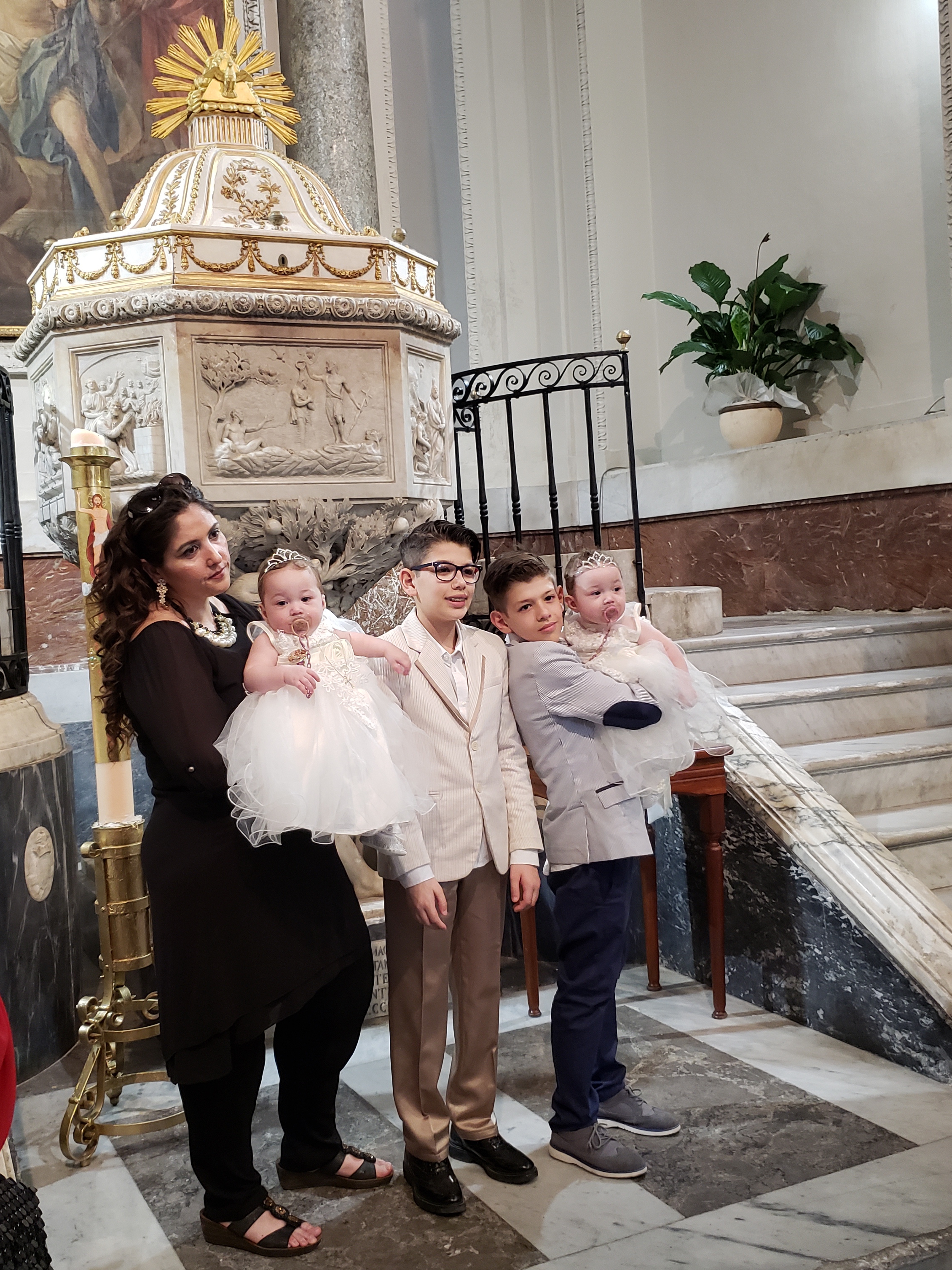
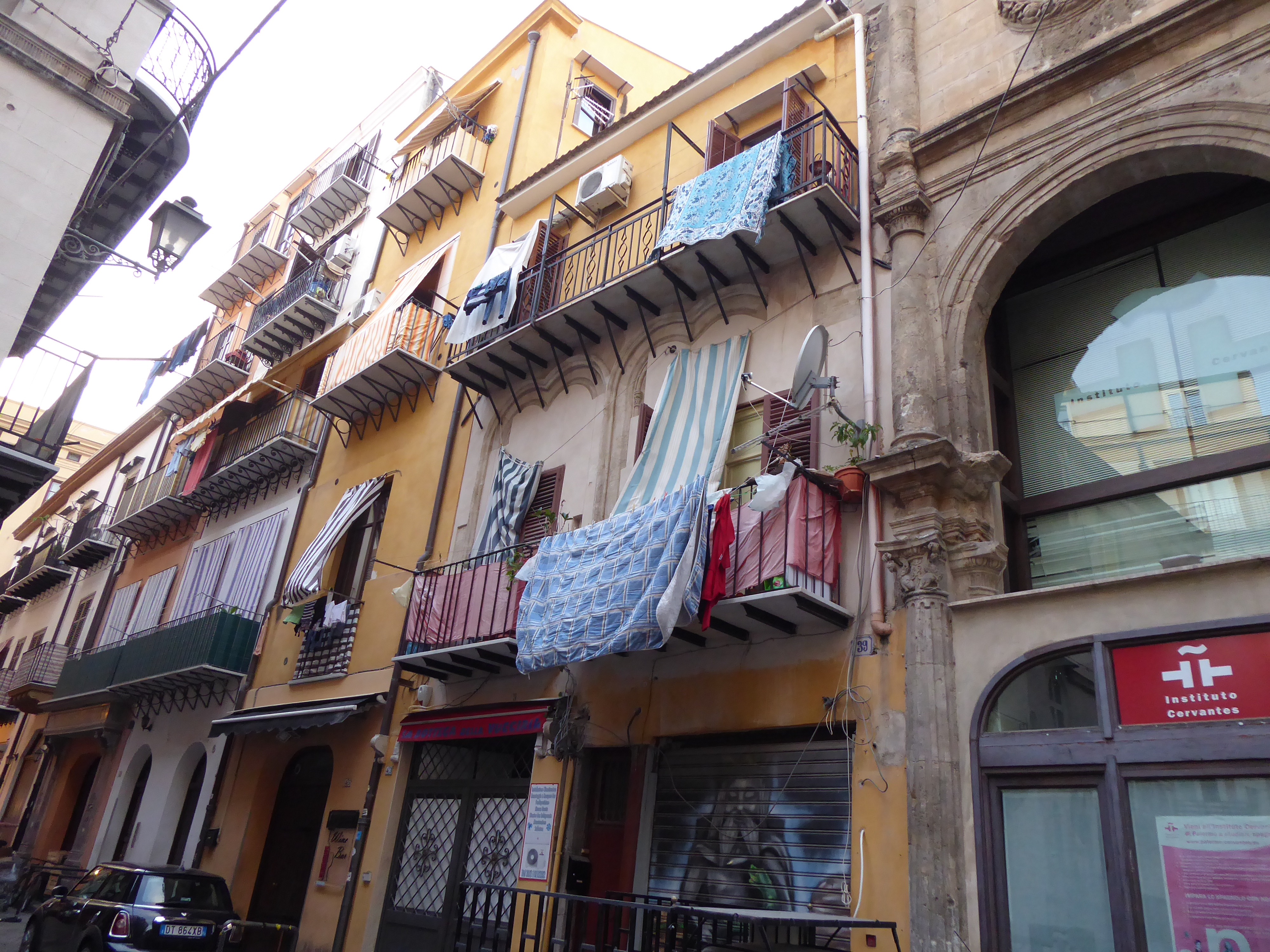
The assassinations of magistrates Giovanni Falcone and Paolo Borsellino in 1992, among countless others, by the mafia, who were the focus of their efforts, stirred the people of Palermo, supported by its mayor, into protests and fighting back. It marked the beginning of the end of the mafia’s seemingly invincible power. Memorials of the mafia’s victims are seen throughout Palermo and Sicily. The mafia remains a potent interest amongst tourists. But the residents, except those selling “The Godfather” tee-shirts, seemingly prefer to honor the fallen while leaving their painful past behind.
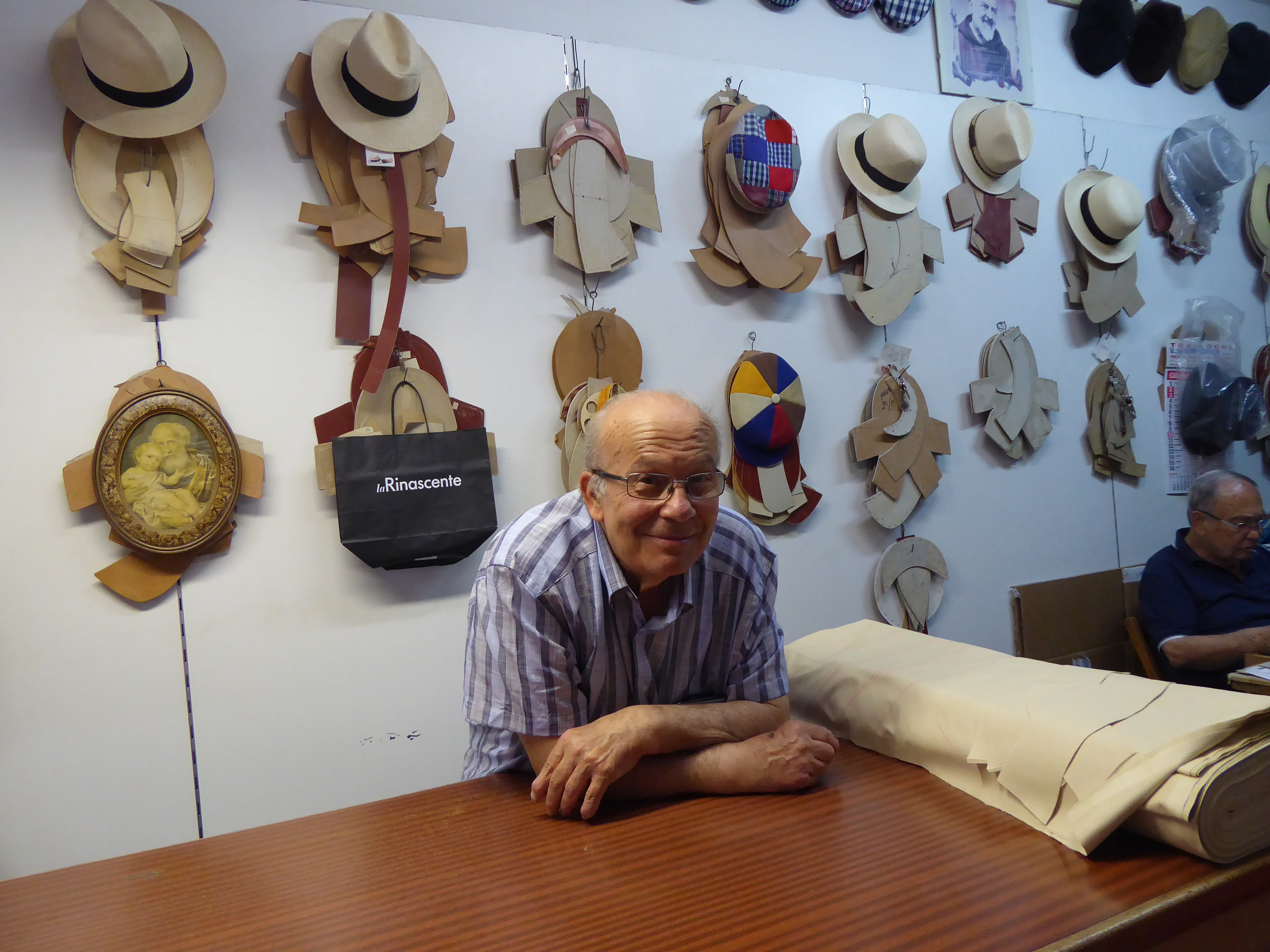
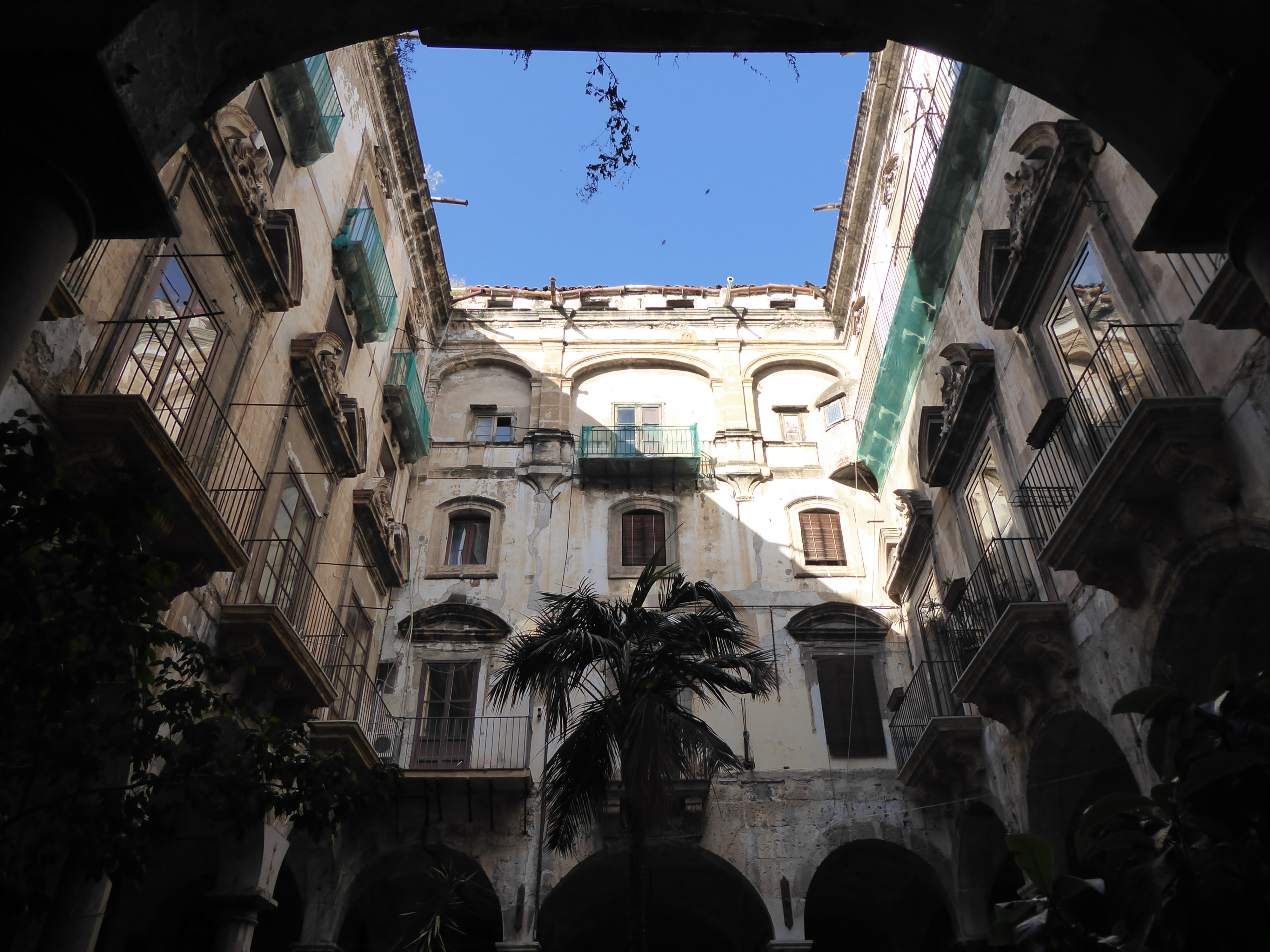
The difficulties residents face, like unemployment, are not readily apparent. Markets are bustling, cafes are busy, groups of men and women-rarely together-chat contentedly in public.
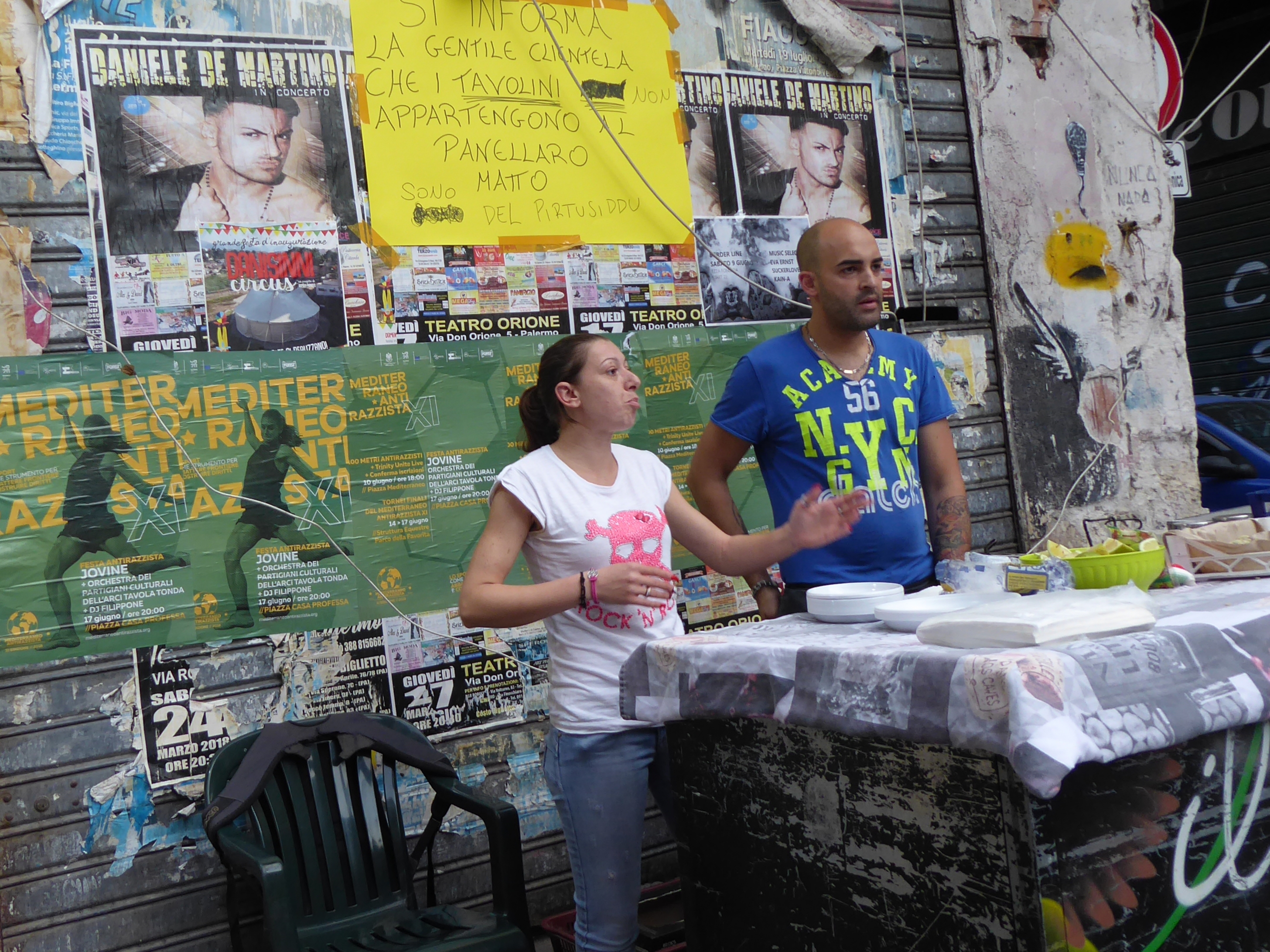
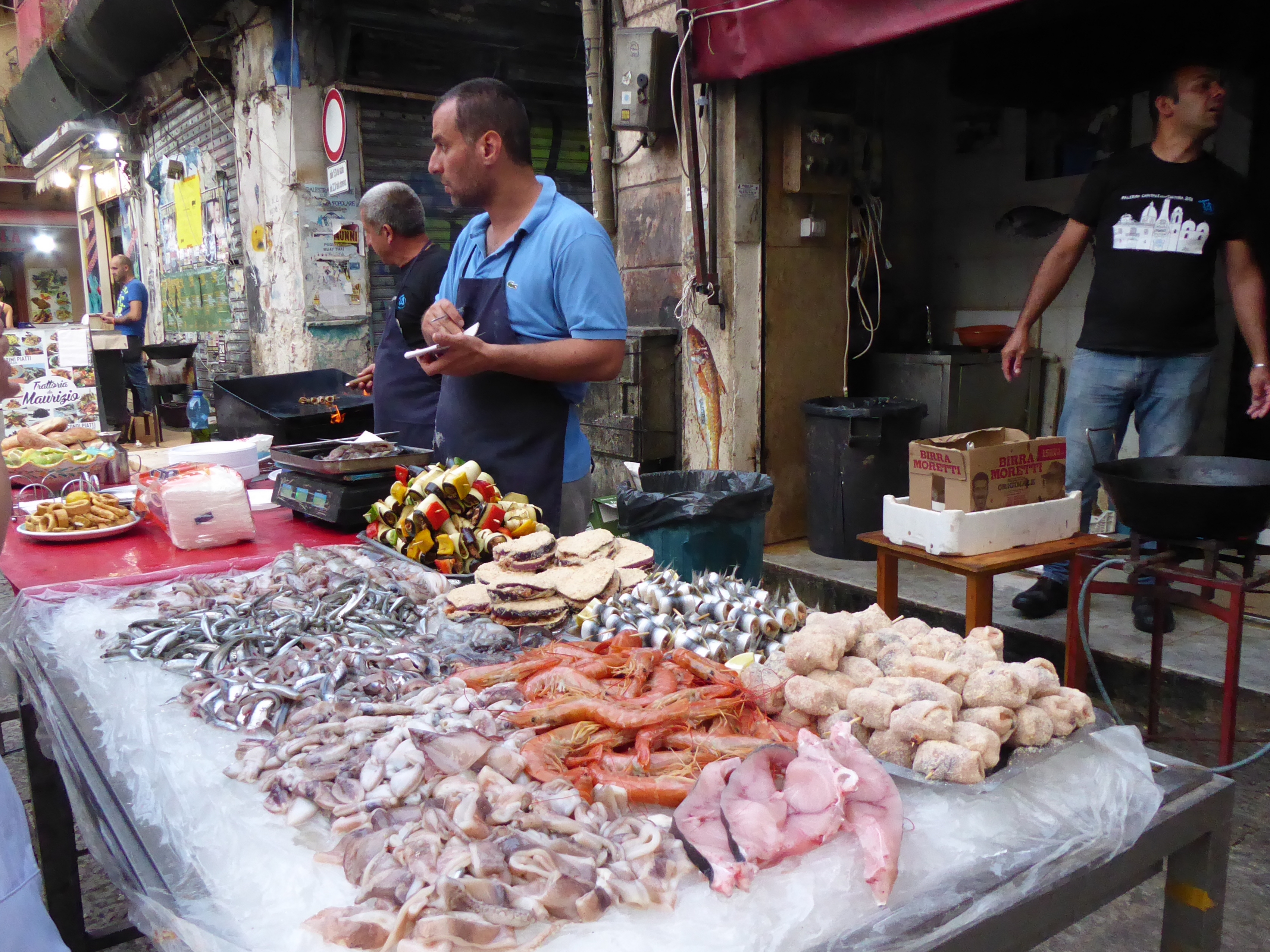
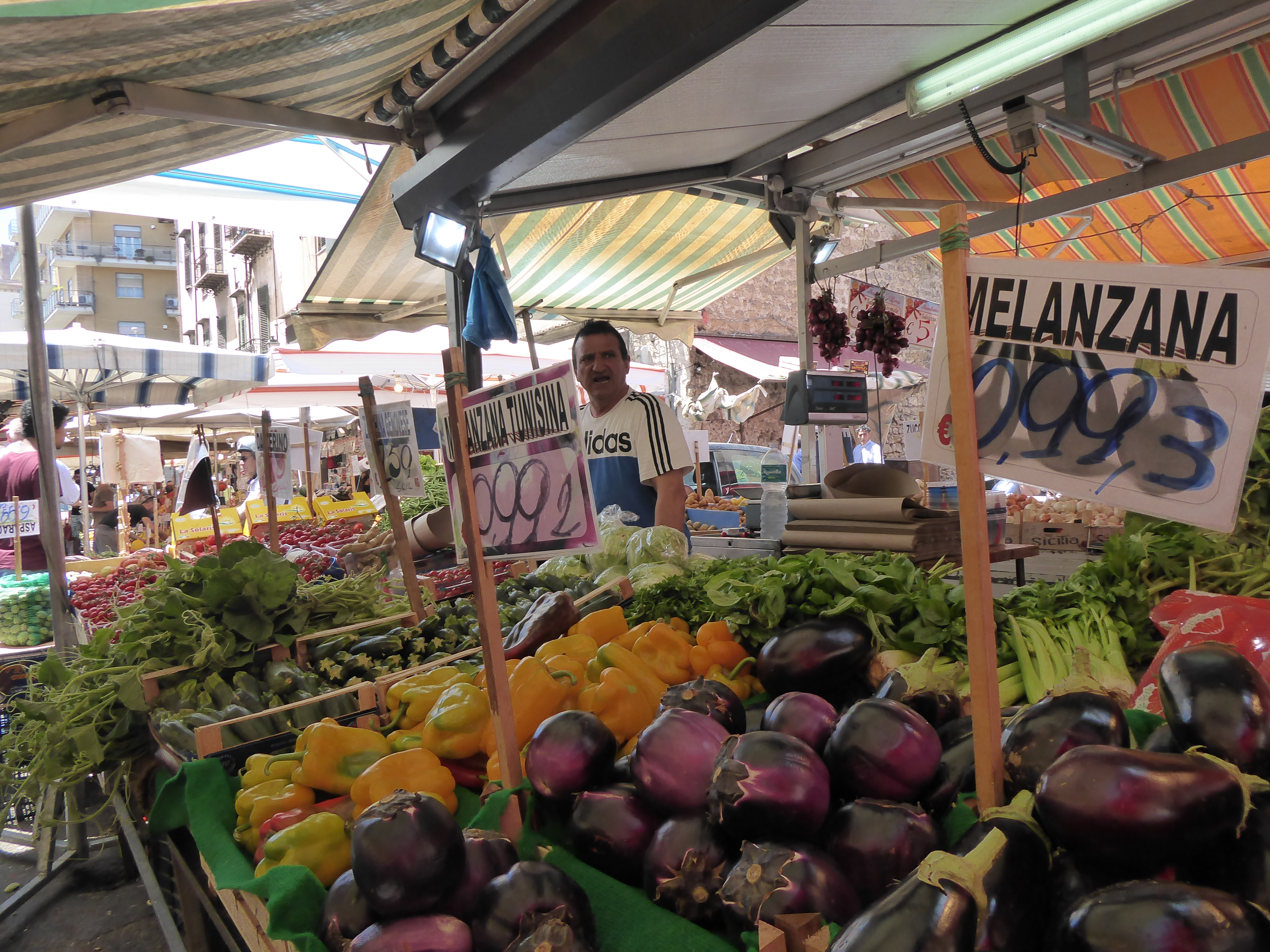
And the arts are thriving. This year Palermo is hosting the European biennial of contemporary art and was chosen as the Italian Capital of Culture 2018.
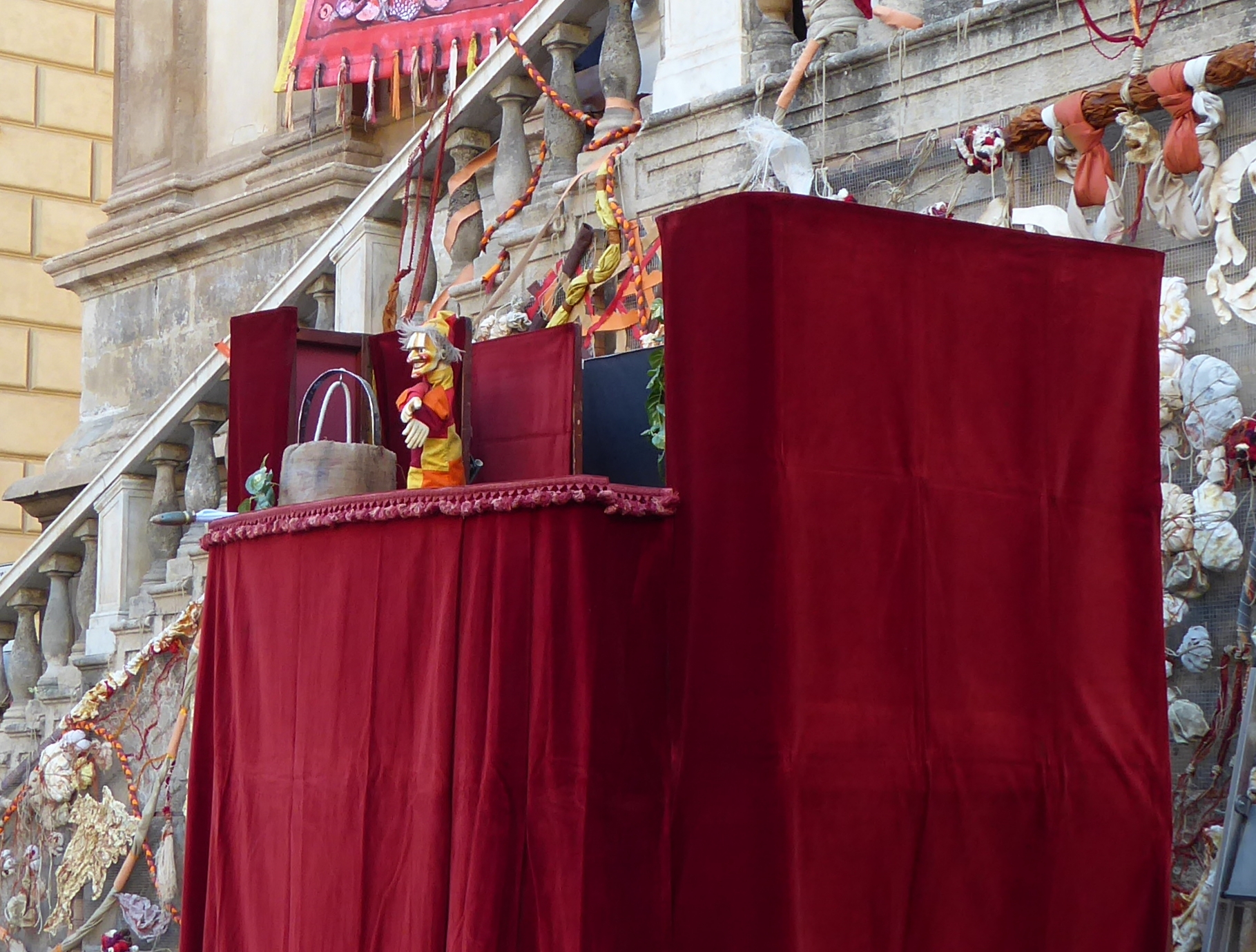
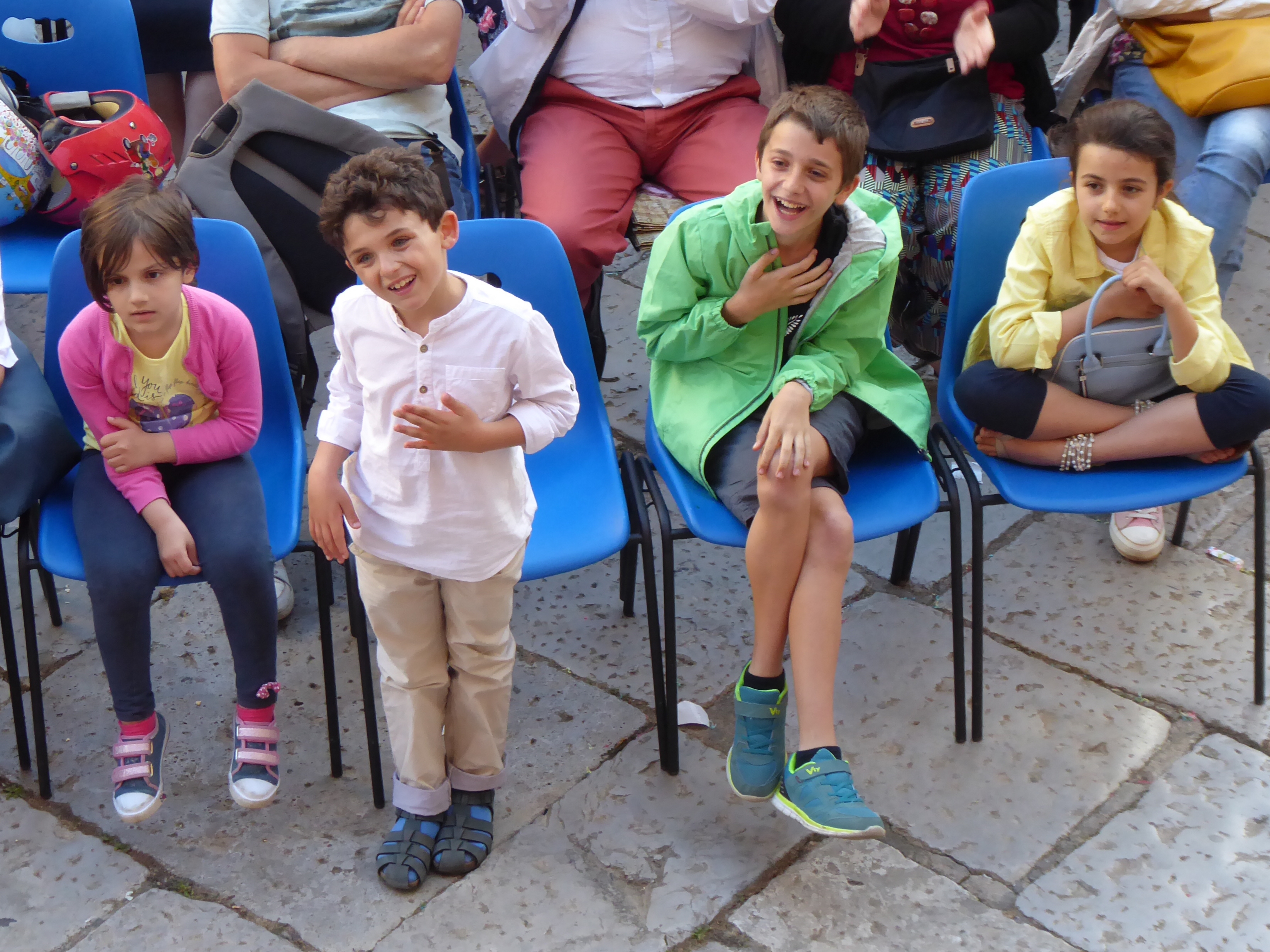
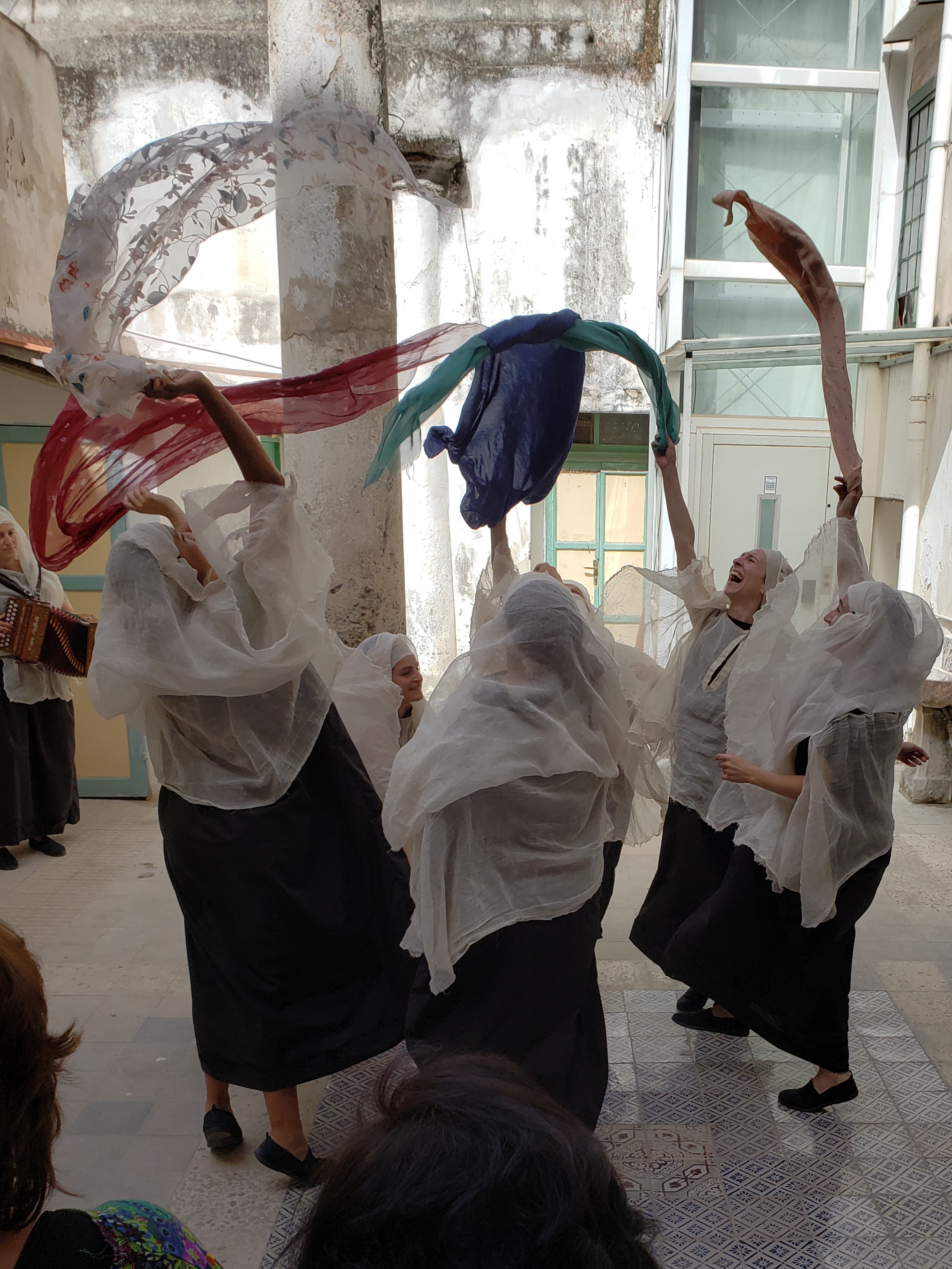
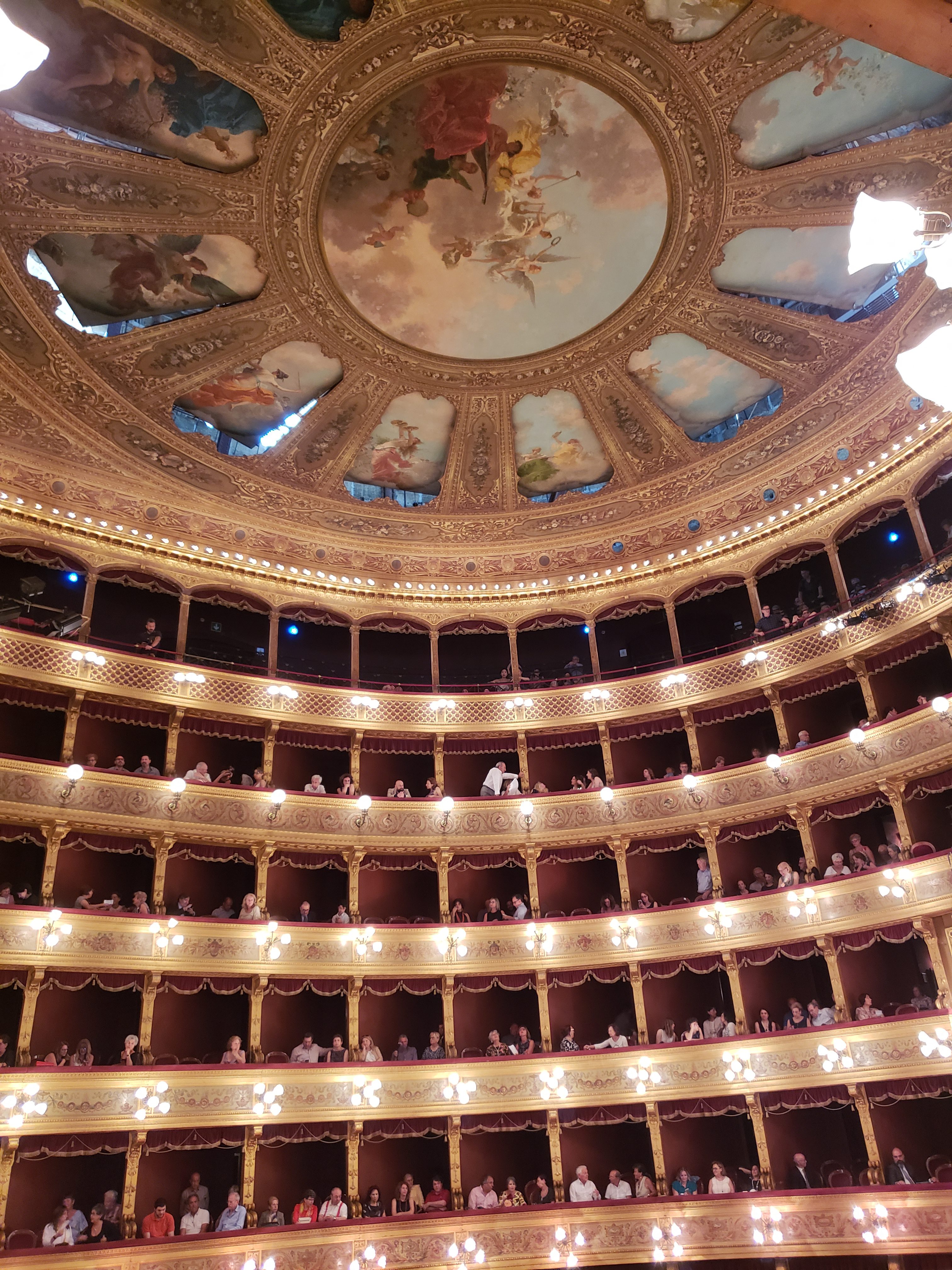
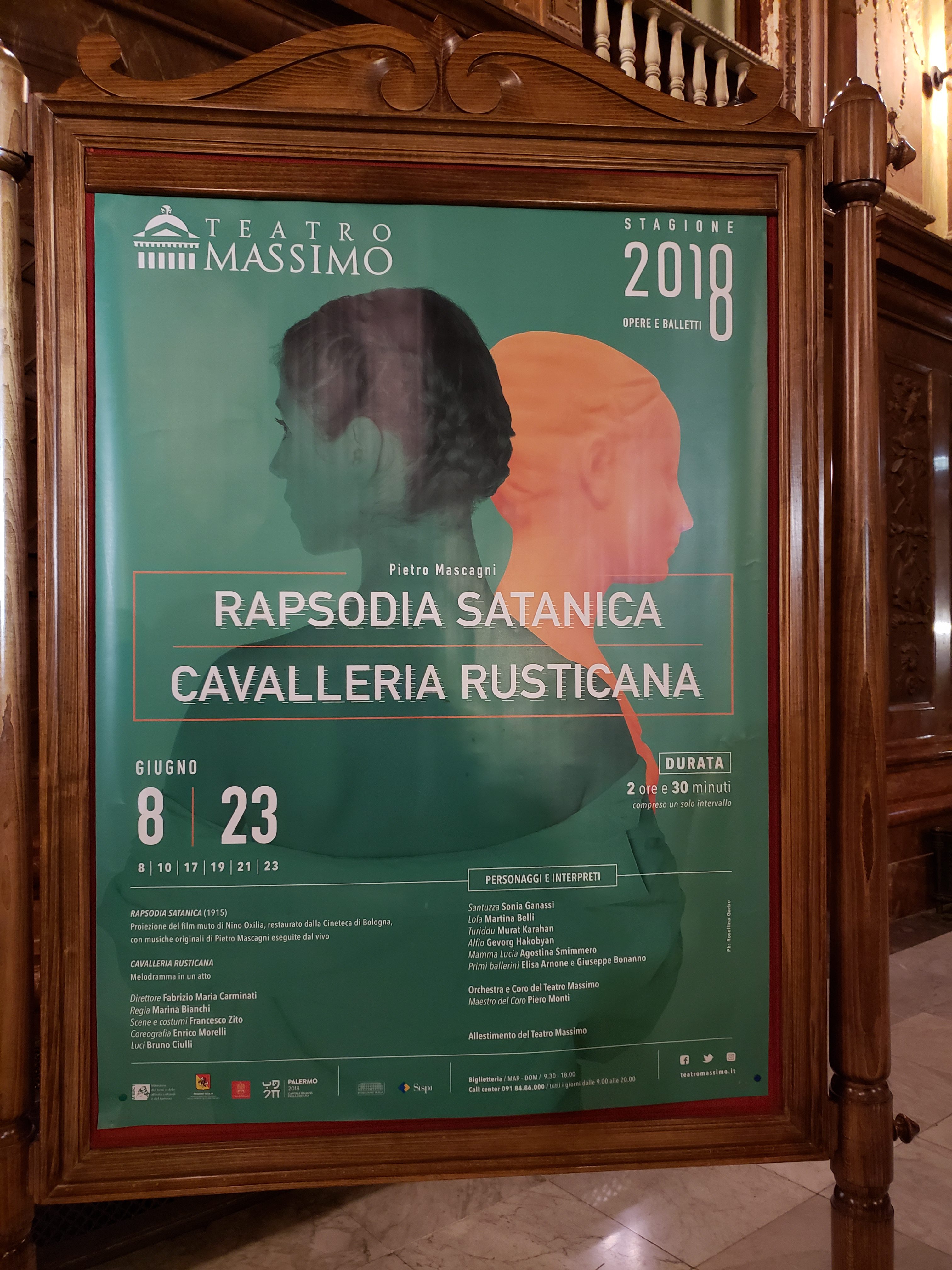
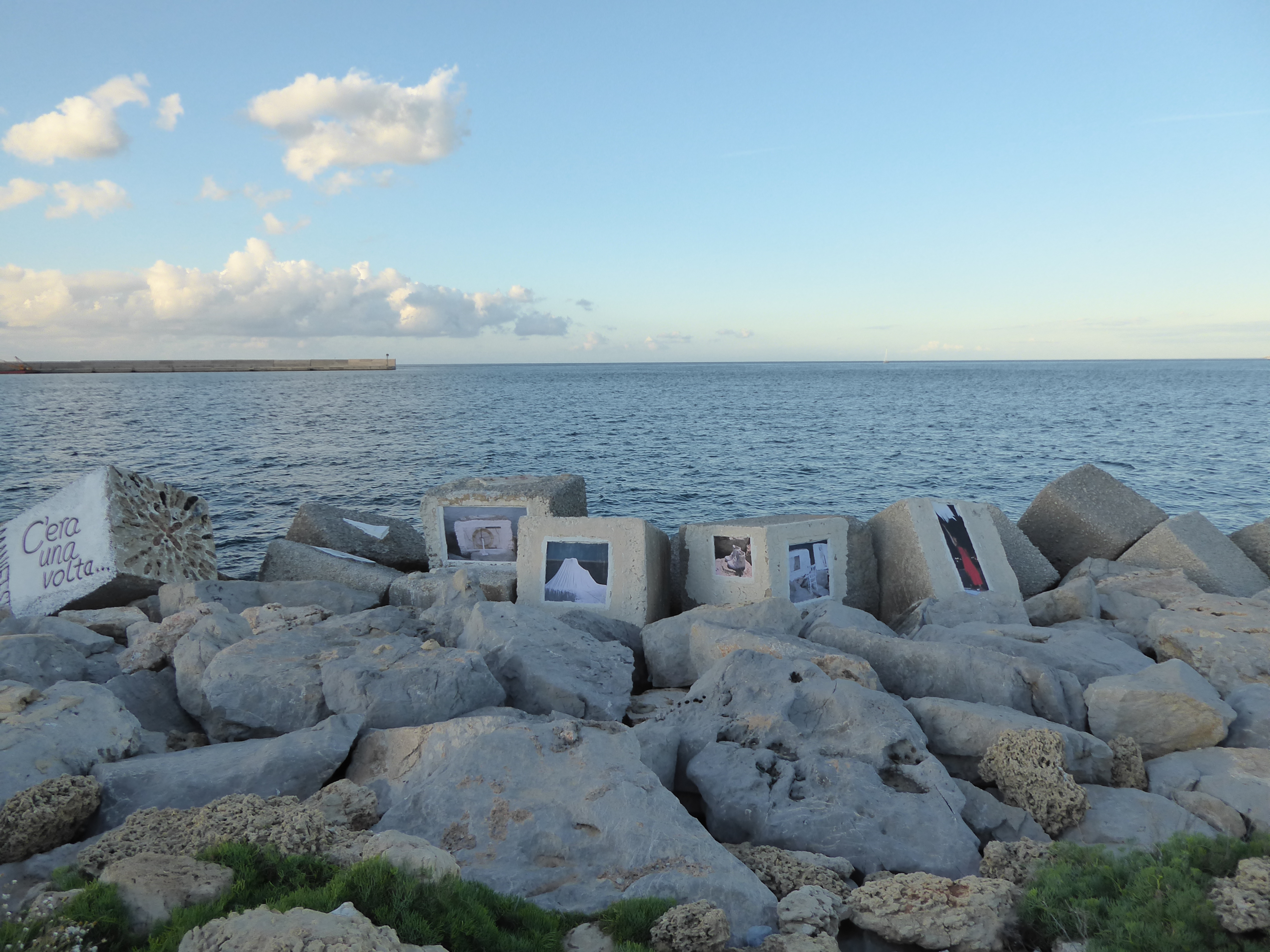
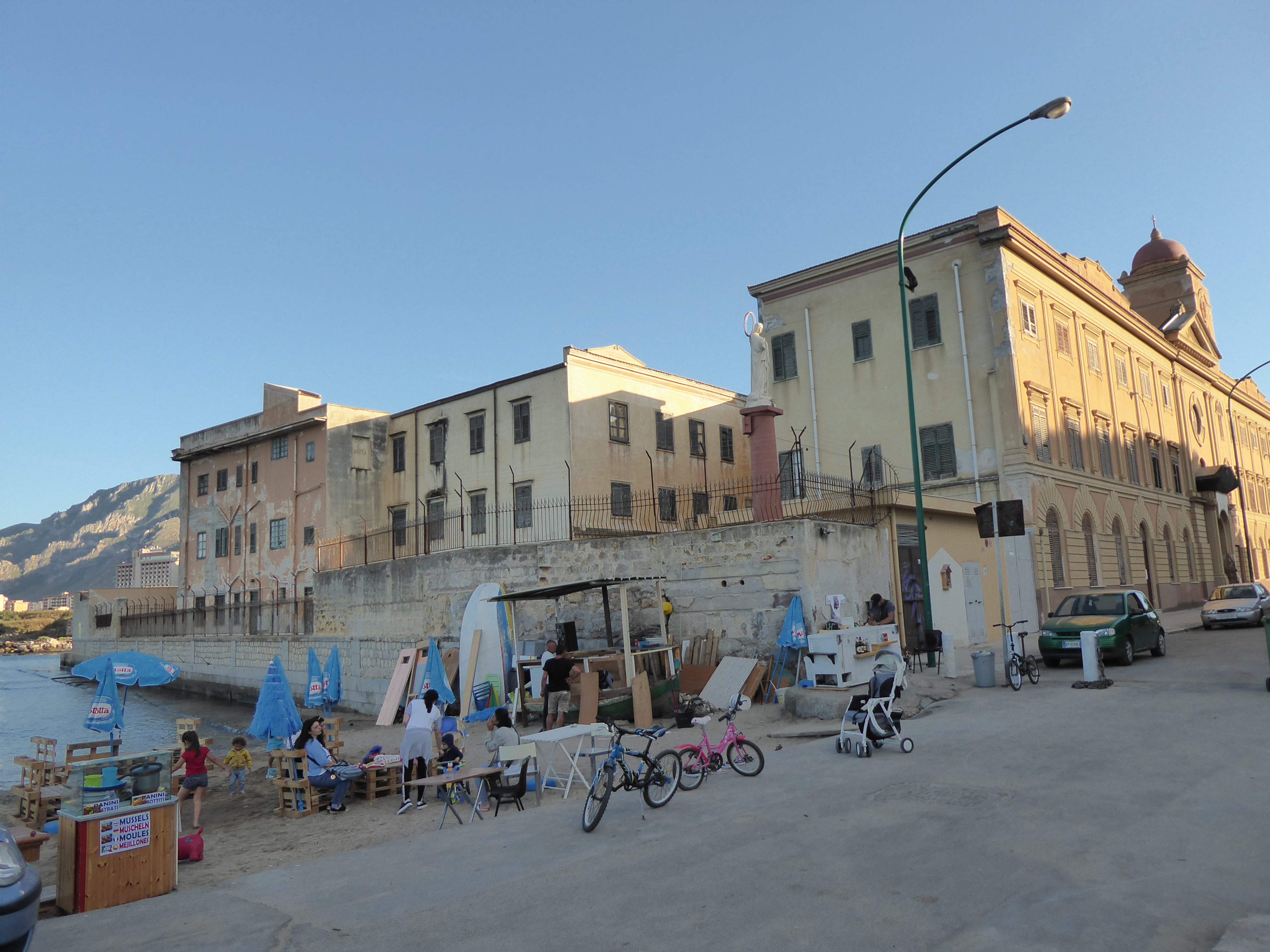
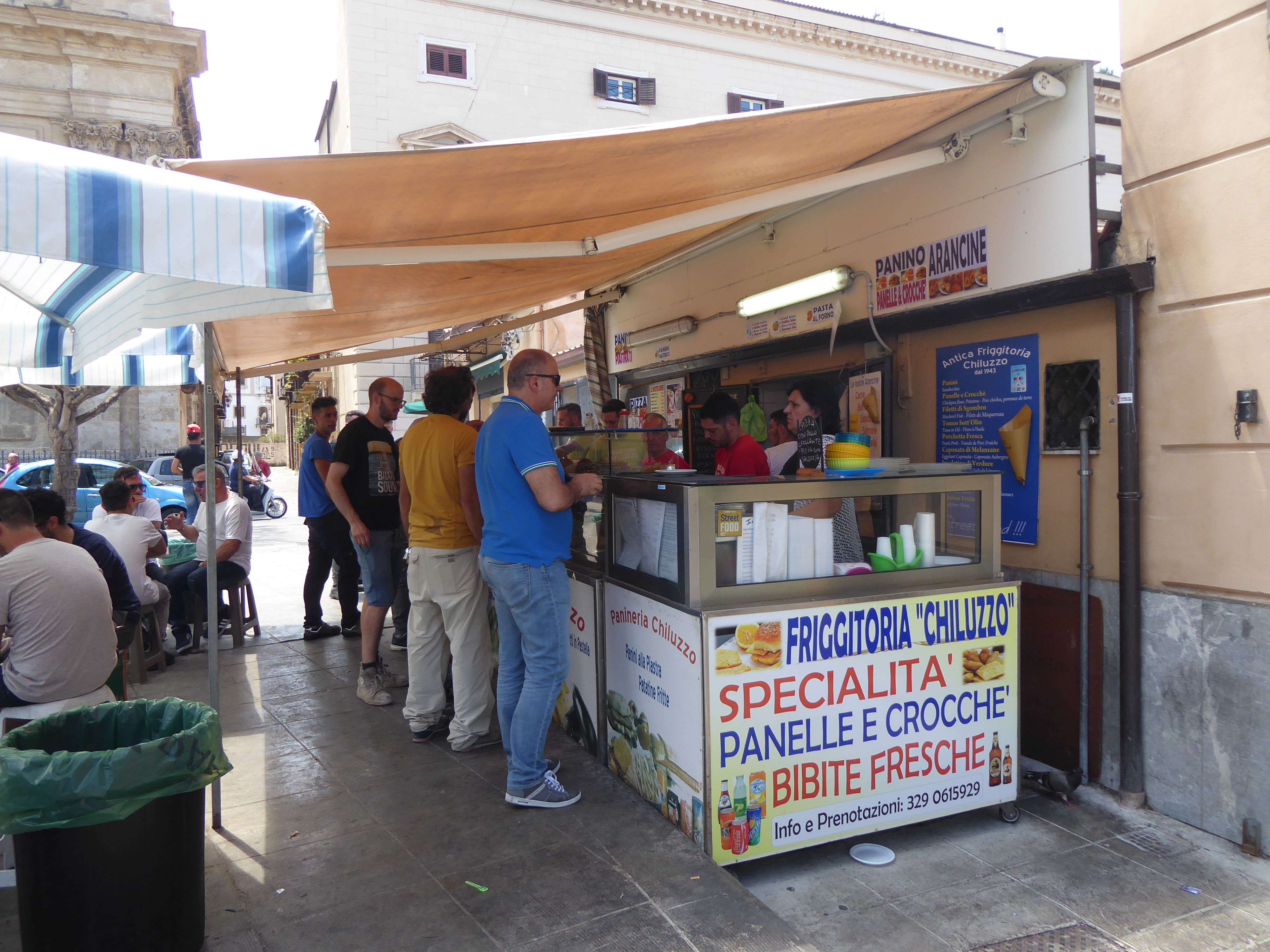
Palermo’s renaissance does justice to its beauty, promise, and people.
